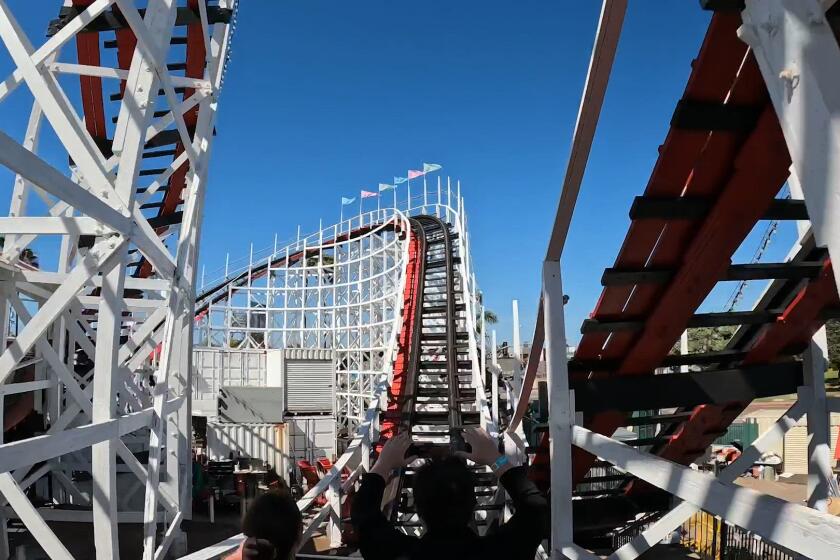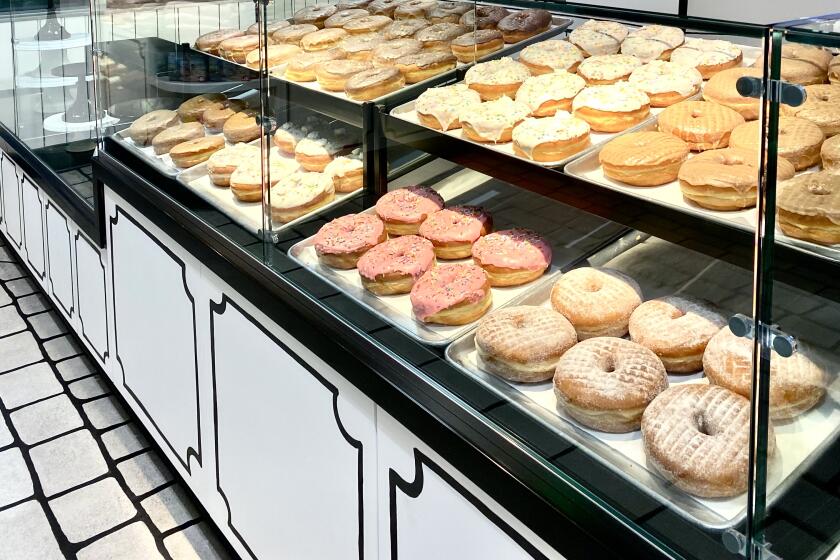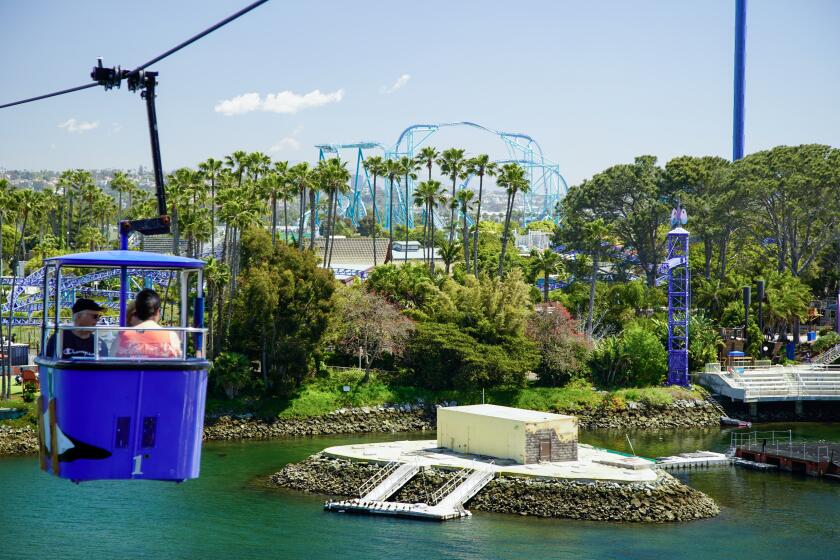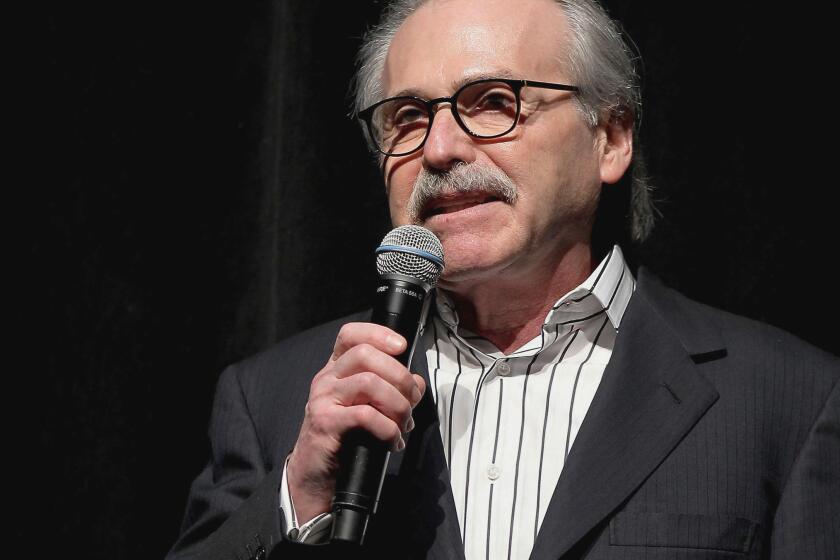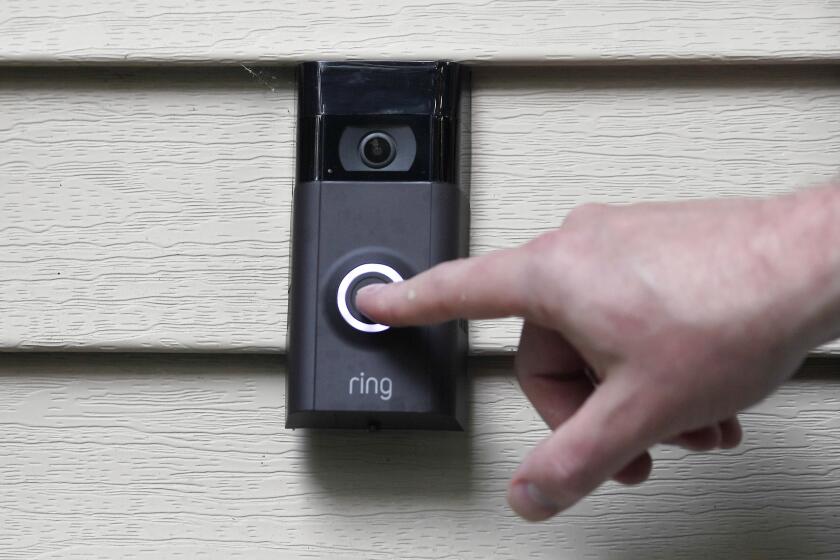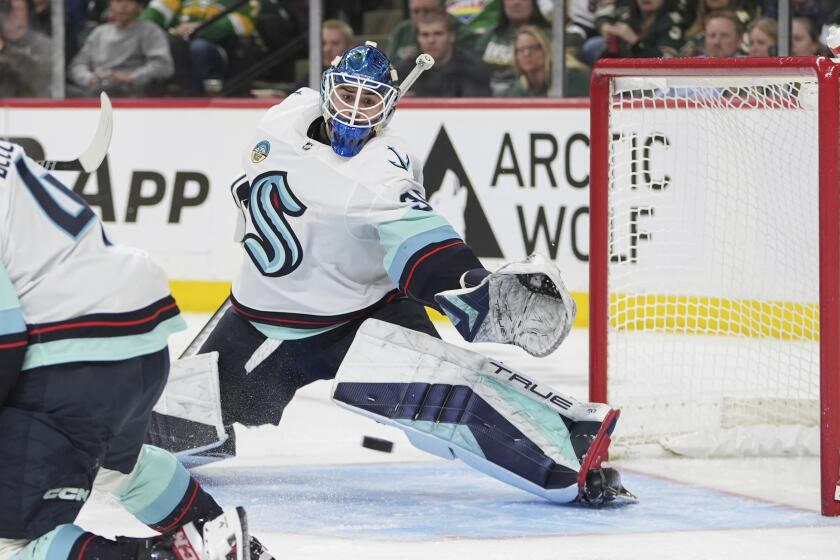Rubio’s moves one step closer to exiting bankruptcy
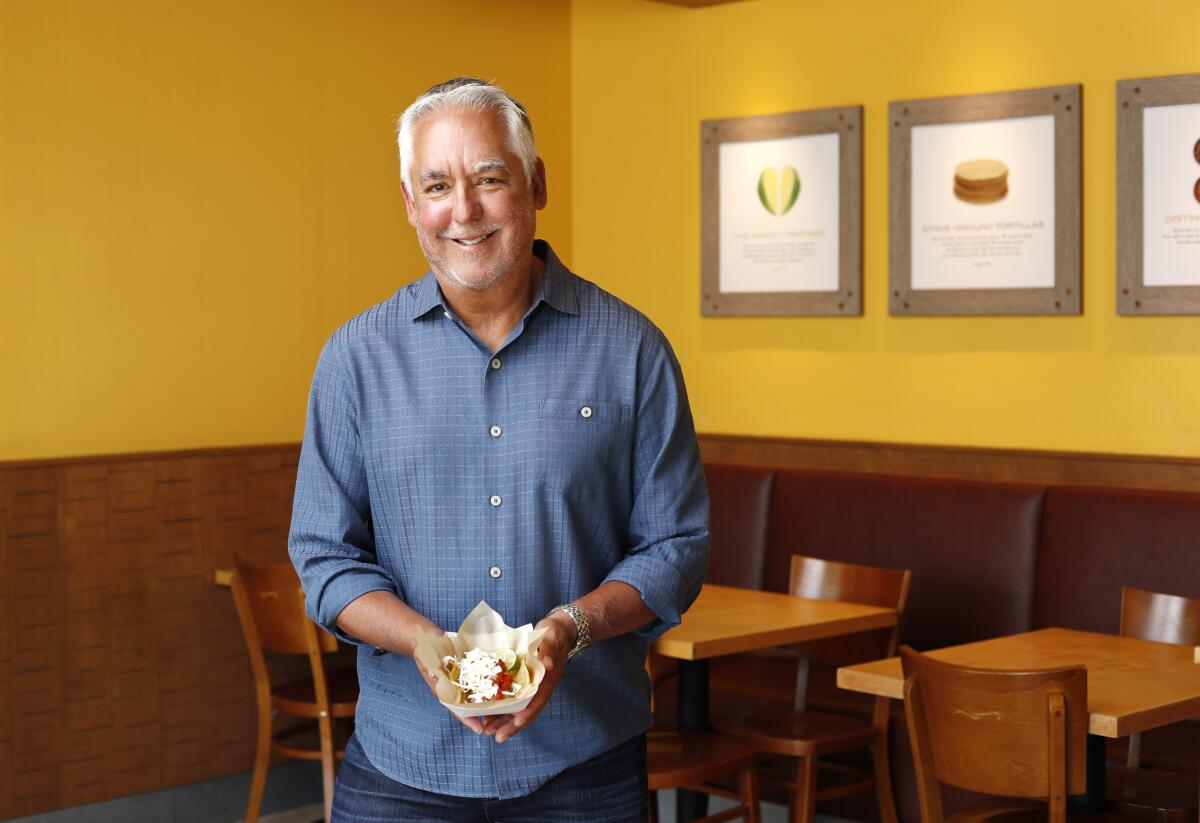
A reorganization plan for restructuring outstanding debt and closure of three dozen lower performing restaurants will position the fish taco chain for remaining in business, post bankruptcy
Rubio’s Restaurants, a presence in San Diego for nearly four decades, cleared a major hurdle Monday in its quest to emerge from bankruptcy by the end of this month.
A pre-negotiated plan for restructuring the company’s substantial debt of more than $72 million was approved by U.S. Bankruptcy Court Judge Mary F. Walrath, who commended the company, its lender and the committee representing unsecured creditors for working out their differences ahead of the hearing. Rubio’s had filed for Chapter 11 protection only two months ago.
As part of the plan, Golub Capital, Rubio’s long-time lender, has agreed to provide $52 million in so-called “exit” financing, of which $8 million was new funding to keep the company afloat during bankruptcy period and $7 million is new financing once the company emerges from bankruptcy.
Owner Mill Road Capital has agreed to invest $6 million back into the company and in so doing will write off $2 million in liabilities. Golub, which is converting $18 million of its debt into equity and waiving remaining claims, will now hold an equity stake in Rubio’s. Company executives were unwilling to state who will have majority ownership in the chain.
The $72 million in outstanding debt does not include a $10 million loan from the Paycheck Protection Program that, presumably, will be forgiven.
The privately held Rubio’s, best known for bringing the Baja California-style fish taco to San Diego 37 years ago, emerges a leaner, more efficient company better able to survive the ongoing coronavirus pandemic, which executives say is the reason they had to file for Chapter 11 protection. It has now shed 36 of its stores, 26 of which were permanently shuttered in June.
“No one ever wants to go through bankruptcy, and I never imagined doing this but we’re viable financially in a way that we were not before,” Rubio’s co-founder Ralph Rubio said in an interview following the bankruptcy hearing in Delaware. “We have over 3,000 loyal team members who can continue on in a successful company, and that accrues to the benefit of the community, too.
“I feel a responsibility to San Diego, and Rubio’s is an iconic brand in San Diego that we want to be successful. It has not been easy by any means.”
Under the bankruptcy process, Rubio’s no longer has financial obligations for those leases tied to stores it closed before exiting Chapter 11. The company spent considerable time reviewing the financial performance of all its restaurants before deciding whether it needed to prune any more locations from its portfolio. It also worked on renegotiating the terms of some of the remaining leases, explained Rubio’s Chief Executive Marc Simon.
“We probably worked with 60 or 70 of those landlords to renegotiate where possible,” Simon said. “We were able to reach agreement on more favorable terms for the lower performing stores. The argument that we made is we think it’s in our best interest as well as theirs to keep the lights on, and in many cases the landlords were more than willing to accommodate us.
“There were a number of restaurants where we could not reach an accommodation so we decided to close the restaurants.”
Of the 10 locations that the company decided most recently to close, three were in San Diego — in the food court in the Westfield UTC mall, the La Jolla location at Pearl Street and Fay Avenue, and in Alpine, Simon said. In all, Rubio’s now has 157 restaurants in California, Nevada and Arizona.
In what the judge said was an unanticipated turn of events, the company was able to reach agreement with its unsecured creditors to repay them a small portion of their losses. Under an agreement negotiated over the Thanksgiving holiday, creditors, who currently number in the hundreds, would collectively recover as much as $1 million, which represents a recovery of 10 percent to 18 percent, said lawyers representing Rubio’s.
A court document itemizing negotiated amounts of unpaid rent for dozens of lease agreements during a 2 1/2-month period early in the pandemic shows widely varying amounts, from as little as $500 for Fashion Valley mall to more than $106,000 for Parkway Plaza. Those landlords will share in the $1 million set aside for unsecured creditors and get some fraction of what they’re owed.
“Rubio’s was current with their landlords and all their vendors,” said Simon. “The only reason we filed for bankruptcy was COVID. “We ran into a difficult period of time in 2018 and early 2019 where we lost a significant portion of our most experienced cooks and in a short period of time. But we had worked our way out of that and as we moved into 2020, we were doing really quite well. In the absence of COVID, we wouldn’t be having this conversation.”
Simon and Rubio explained how they had developed a more healthful menu, including a much larger proportion of grilled seafood options, a mobile ordering system and a more robust rewards program.
San Diego restaurant consultant John Gordon acknowledged that the biggest challenge for Rubio’s is weathering the continued pandemic that has ravaged a number of restaurant operations across the country.
“Rubio’s now has a plan to move forward. It has shed itself of debt and some leases, and has a small cash infusion, said Gordon, principal of Pacific Management Consulting Group in San Diego. “The challenge is the continuing COVID effect, including indoor and outdoor closings. Customers want drive-throughs and contactless service now.”
Simon remains confident that Rubio’s can emerge successful not only from Chapter 11 but also the coronavirus crisis.
“At the end of the day, what I’m most excited about is we’re positioned to continue to enjoy the success we were starting to have before COVID,” Simon said. “With the combination of takeout, the importance of patios, our mobile ordering and rewards program, I’m very bullish about our ability to hold our own. But we all need the vaccines to take effect.”
Get U-T Business in your inbox on Mondays
Get ready for your week with the week’s top business stories from San Diego and California, in your inbox Monday mornings.
You may occasionally receive promotional content from the San Diego Union-Tribune.



